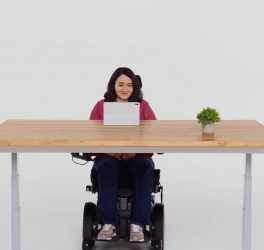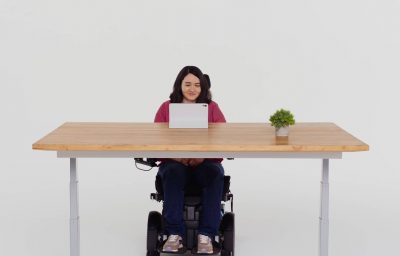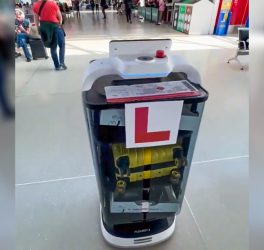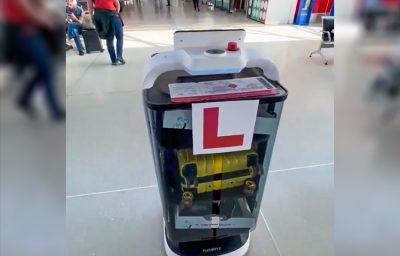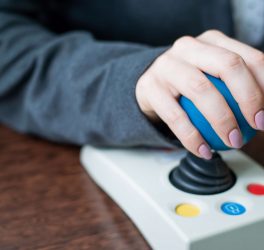
Making the Impossible Possible Through Augmented Reality Smart Glasses
In the digital age, we are continuously striving toward a more inclusive society where every individual, regardless of their physical or sensory limitations, can fully participate in everyday experiences. As technology rapidly evolves, assistive tools and wearable tech devices are bridging the gaps, making the world more navigable and accessible.
The Deaf and hard-of-hearing community, historically underserved by mainstream technological advancements, presents unique challenges. These challenges necessitate out-of-the-box thinking and genuine innovation. Today, the rise of augmented reality (AR) solutions, especially the advent of smart glasses technology, signals a transformative moment for this community. Smart glasses enable users to be visually connected at all times with the world around them. This technology has made the impossible possible and has allowed the Deaf and hard-of-hearing community to interact freely in a unique way through experiences otherwise unavailable to them. AR Smart glasses could help eliminate barriers these individuals face and, ultimately, bridge communication gaps across languages.
Leading this paradigm shift is a forward-thinking tech startup SignGlasses that is pushing boundaries in harnessing the capabilities of AR, providing interpreting and captioning services with software that works seamlessly with smart glasses. Through pioneering this technology, SignGlasses is redefining the parameters of enhanced accessibility. Combined with Vuzix smart glasses, their patented technology is more than just a marvel of modern software engineering; it’s a beacon of hope for those who’ve grappled with communication barriers for much of their lives.
The AR solution works in tandem with a smartphone connected via Bluetooth. Once connected, the smartphone acts as the ears, capturing ambient audio. This audio feed is then processed by a proprietary algorithm, which provides an option to be delivered in either American Sign Language interpretation or translated into real-time text. The translated content is then projected onto the smart glasses allowing Deaf individuals to “hear” and comprehend conversations via captions or American Sign Language interpretation. This is a game-changer, especially in challenging auditory environments, such as bustling cafes or windy outdoor settings.
The true impact of this technology was recently brought to life at Universal Studios in Hollywood, CA, this year. The park provides Deaf and hard of hearing guests who visit specific rides, such as the Kung Fu Panda attraction, with a sign language interpreter and short film enabling users to experience enhanced accessibility right in front of their eyes. Users are often as captivated by the enhanced accessibility brought about by this innovative technology as they are by the attraction itself.
Other services such as live American Sign Language (ASL) are available, including interpreting, captioning, and pre-populated glasses that automatically display sign language or captions when they detect corresponding audio (no personal cell phone needed) at participating venues such as Universal Studios. However, the SignGlasses technology goes beyond these enhancements, with the goal of ensuring an inclusive and immersive experience for all.
As augmented reality technology continues to evolve, it is exciting to consider the possibilities for using these solutions to unlock an entirely new world of opportunities for the deaf and hard-of-hearing communities. With more initiatives utilizing AR, we can hope that this kind of progress will ultimately benefit many other communities in the future and continue to garner the hope of giving people real-life subtitles. We’ve only begun to scratch the surface as far as what these technological advances and solutions can bring – and it’s exciting and encouraging to witness enhanced accessibility previously thought unimaginable.
Check out AR smart glasses in the real world:

